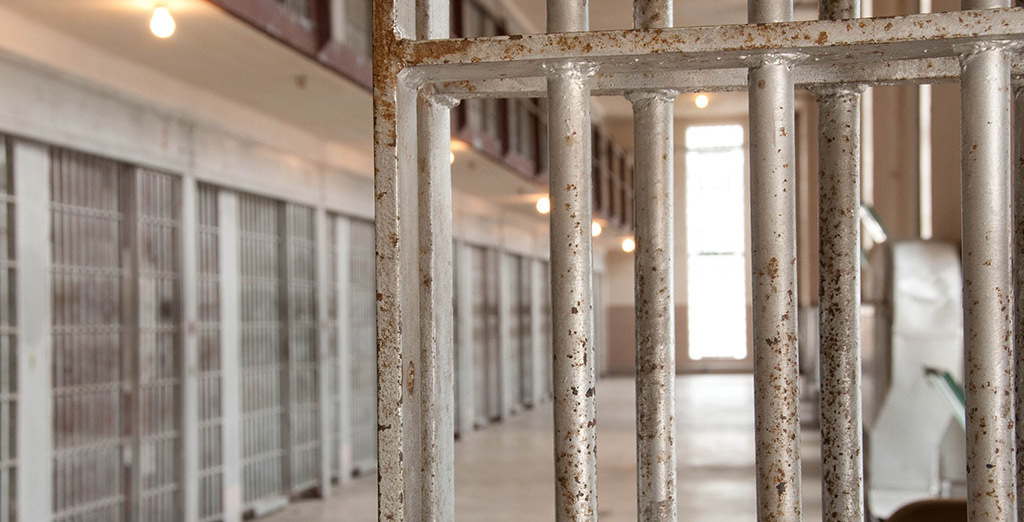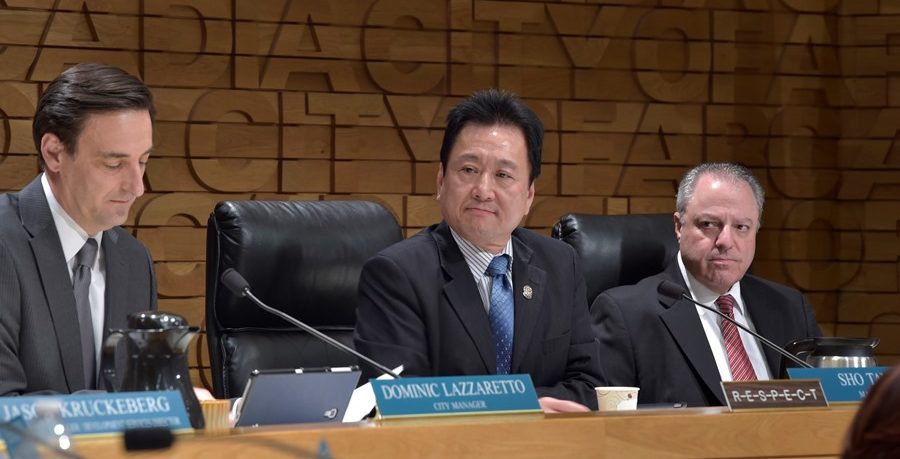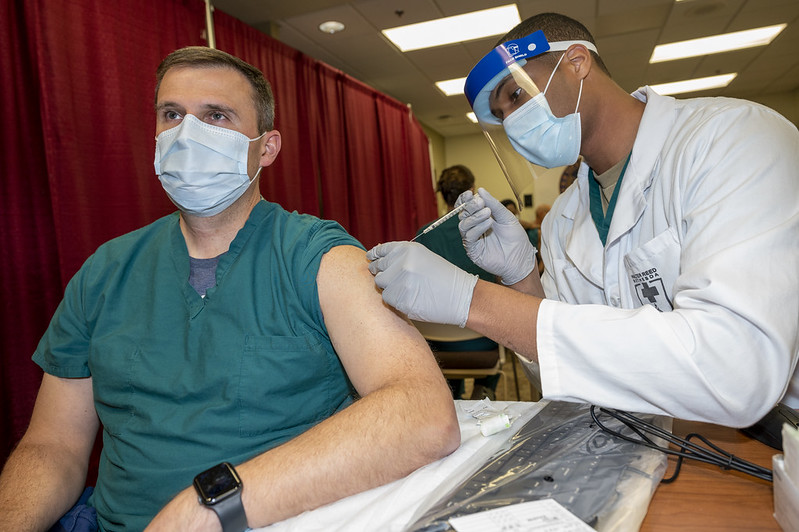The Los Angeles County Board of Supervisors voted Tuesday to act more aggressively to move girls and young women out of probation camps and halls.
Supervisors Hilda Solis and Janice Hahn co-authored a motion calling for a specific implementation plan focused on the decarceration of girls and young women.
The motion pointed to an unprecedented drop in the population of incarcerated youth, which last year fell to less than 10% of what it was 10 years ago. As of last week, there were 346 people in custody in county juvenile halls and camps, just 35 of them young women or girls.
Solis said many of those girls and young women have suffered multiple traumas as victims of domestic violence, sexual, physical and mental abuse or trafficking.
“On a national scale, young women and girls are disproportionately affected by domestic violence. And as we see on the adult side of incarceration, the setting and environment of camps and halls are not conducive to healing and thriving,” Solis said. “By decarcerating this population, in a safe, evidence-based and trauma-informed manner, it will not only keep public safety at the forefront, but also the needs and well-being of the affected youth and their families.”
The board called on a group composed of representatives from the county’s public defender’s office, the probation, health and mental health departments and other relevant departments to devise a protocol for evaluating each individual and identifying the kind of resources they would need to succeed if released from detention.
An advocate urged the board to commit to permanently ending the practice of jailing girls within the next two years. Hannah Green of the Vera Institute of Justice pointed to the success of a similar initiative in Santa Clara County, where she said the daily average population is just one girl.
“The county needs to back up any plans with … investments in community-based supports … including flexible housing and economic supports,” Green said.
A report — including information on the criteria for release, available community placements and a pilot plan for a home-like environment for girls awaiting trial — is expected back in 120 days.
The board also directed staff to provide more detailed data — to be published publicly — on all youth under supervision by the probation department.







